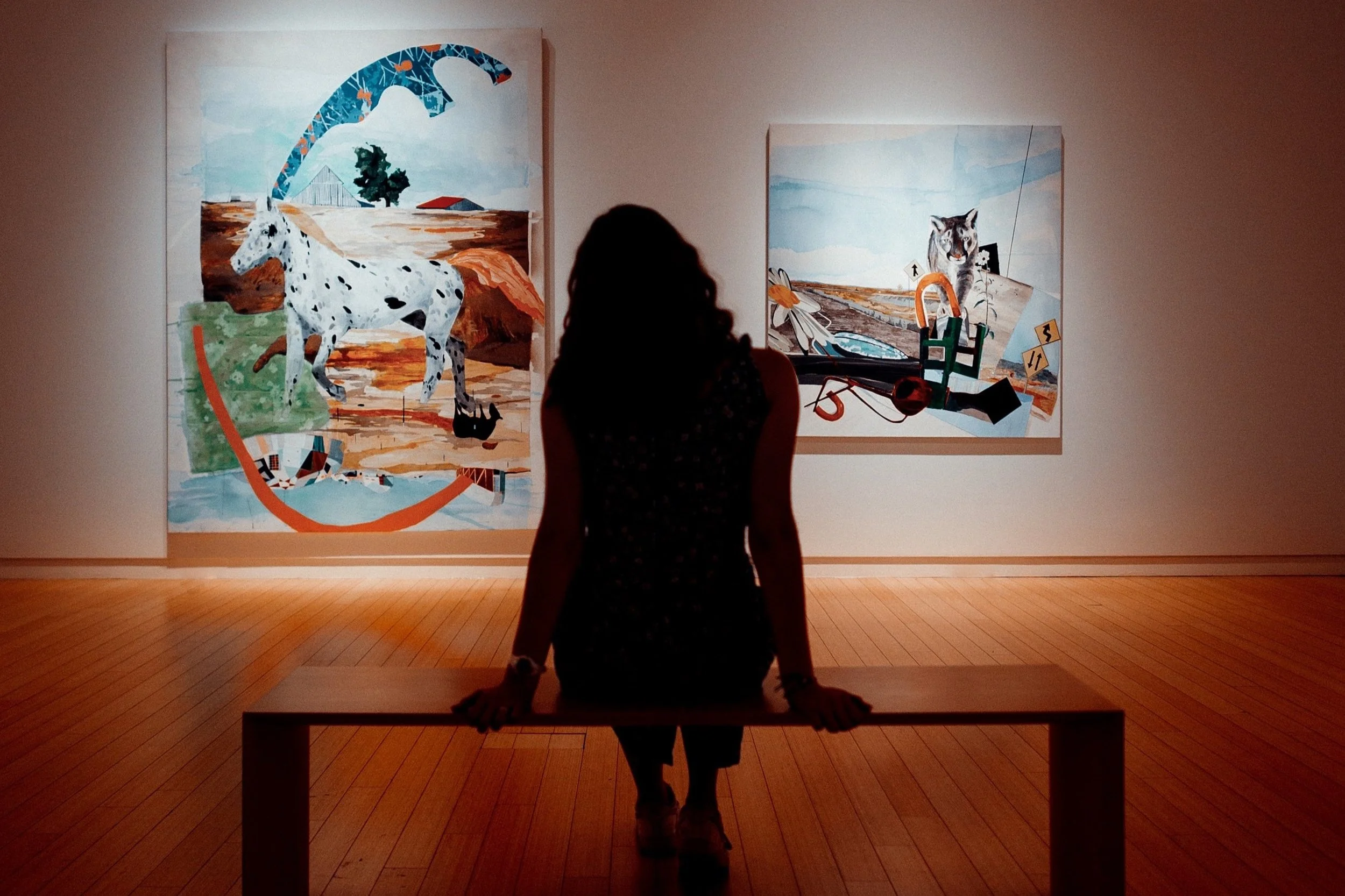Tate Exchange
“A place for all to play, create, reflect and question what art can mean to our everyday”
Does art have the capacity to change lives? And if it does, should it? And if it should, how can it? And if it can, where, where would this even happen?
On the fifth floor of the Blavatnik building within the cultural behemoth that has become Tate Modern, you can find an initiative that is right there, at the crux of those questions, wrestling with the how’s and why’s of art’s role in society: Tate Exchange. Here, one of the most successful arts institutions in the world is creating physical space for art to be functionally in our lives and in dialogue with society more widely. It’s also staking out this territory up North, within the walls of sister-space Tate Liverpool.
We can argue for a while that art does this anyway – that art speaks to our lives. We could even argue that this is particularly the case in the vast cultural campus that has become Tate Modern (also beloved site of my first curatorial job). Yes, there’s the beauty and solemnity of the Rothko room, the drama of the Turbine Hall, the reverie of just wandering through the permanent galleries and the inspiration-making qualities of the rotating exhibitions. Yes, you have probably experienced one work of art that has affected you without that effect being branded.
But with Tate Exchange, we get to experience that question of art’s relationship to self and society more directly, to play with Impact (that elusive idea thrown around more in tech and non-profit sectors). With Tate Exchange, the organization is confronting the very idea that art has the capacity to affect our everyday lives and to answer to, and maybe also shape, society. The lines that divide life (real time and space, the big and little questions, conversation, knowledge and experience), the arts (objects, materials, storytelling, the big and little themes) and us (as the viewer, person, consumer, maker, activator) are porous. Museums are no longer perceived or positioned as separate from society, they are located, produced by and understood within it. Similarly, as we enter these white-walled spaces, we are not a blank canvas, we’re bringing biases, backgrounds, assumptions, feelings even.
Who are we? Counterpoint Arts at Tate Exchange
ArtLab at Tate Exchange
Tate Exchange is the place where the museum gets to be something different, to morph and adapt and interact in ways that push against that traditional relationship of presentation and display. To pivot on ideas of co-learning, collaboration, production, and yes that wellbeing piece. Here Tate gets to be relational, and vulnerable. To step away from its esteemed baggage. Because maybe it’s here that the museum challenges its very reason for being—not to show, and collect, and explain works of art but to examine purpose, meaning, and relevance in the realm of the arts as they hit the pressing concerns of our modern lives. To bring to the fore questions of can we do this, and does it work, along with other questions around such things as climate change, inequality, technology, the economy, and immigration.
In its four years, two of which have been headed by socially-engaged art and placemaking advocate Caro Courage, Tate Exchange has taken a deep dive in annual thematics, headliners for life each led by an artist. Tate Exchange has explored ‘Exchange’ with Tim Etchells (2016) ‘Production’ with Clare Twomey (2017), and ‘Movement’ with Tania Brugera (2018). This year, the program is roaming across ideas of ‘Power’ with Hyphen-Labs, an international female collective who explore ideas of technology.
These themes are played out within a collaborative network of over 80 world-wide associates; cultural organizations, charities, community groups, and health trusts, who draw from the fields of art, education, mental health and community (such as ActionSpace in London and dot-art Schools in Liverpool). This wide network, in turn, shapes the form that these questions take within the spaces: anything from workshops, performances, conversations, prompt cards, reading lists, curated walks, festivals, mood and pattern workshops, reskilling sessions, seed swapping, radical myology, symposia, and even podcasting lessons. It’s all here.
Tate Exchange isn’t the easiest to explain, because it does so many things; Over the years there have been myriad perspective and platform-shaping ways that its curators, artists, practitioners, students, and associates, have found to raise their voices and engage audiences. Tate Exchange is many things to many people. But it’s all linked by a single thread: it stakes territory for the importance that culture has in our very real, every day, messy lives. It acknowledges that no one checks their lives or themselves at the door when they enter a museum. As we wander its different pathways, we inevitably feel, think, and are something, someone. Tate Exchange returns to us our place to be within museums.








